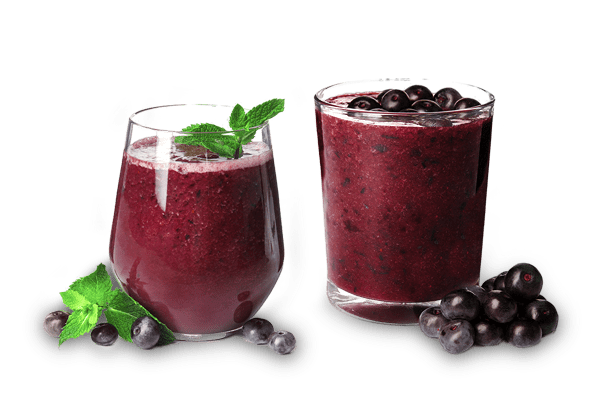Abstract
Dietary interventions involving antioxidants are of interest for reducing inflammation, improving joint motion, and altering pain perception. We evaluated the effect of oral consumption of a fruit and berry blend on pain and range of motion (ROM). This open-label clinical pilot study involved 14 study participants with limitations in ROM that was associated with pain and affected daily living. Participants included but were not limited to those with age-related osteoarthritis. Study participants consumed 120 mL MonaVie Active® fruit juice, predominantly containing açai pulp (Euterpe oleracea Mart.) and other fruit concentrates, daily for 12 weeks. Study participants were assessed at baseline and 2, 4, 8, and 12 weeks by structured nurse interviews, pain and activities of daily living (ADL) questionnaires, blood samples, and ROM assessment. Pain was scored by using a visual analogue scale. ROM was assessed by using dual digital inclinometry as recommended by American Medical Association guidelines. Consumption of the juice resulted in significant pain reduction, improved ROM measures, and improvement in ADLs. Serum antioxidant status, as monitored by the cell-based antioxidant protection in erythrocytes (CAP-e) assay, was improved within 2 weeks and continued to improve throughout the 12 weeks of study participation (P<.01). The inflammatory marker C-reactive protein was reduced at 12 weeks, but this change did not reach statistical significance. Lipid peroxidation decreased mildly at 12 weeks. The antioxidant status, as measured by the CAP-e bioassay, showed the best correlation with improvements in physical well-being (pain, ROM, and ADL). The significant association among increased antioxidant status, improved ROM, and pain reduction warrants further study.
Jensen GS, Ager DM, Redman KA, Mitzner MA, Benson KF, Schauss AG.






